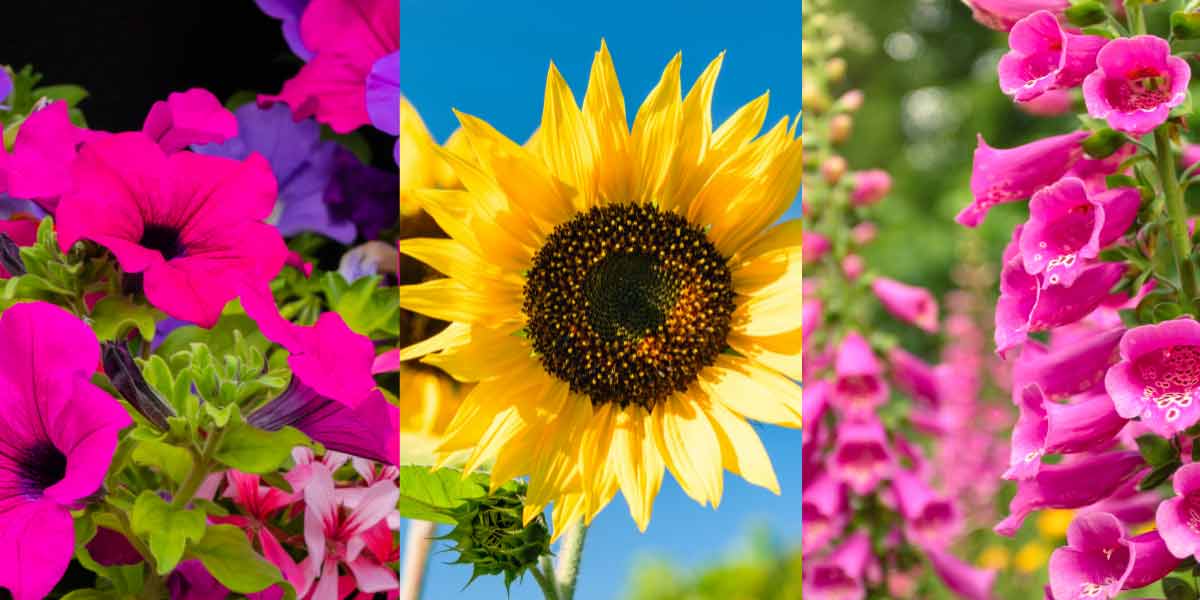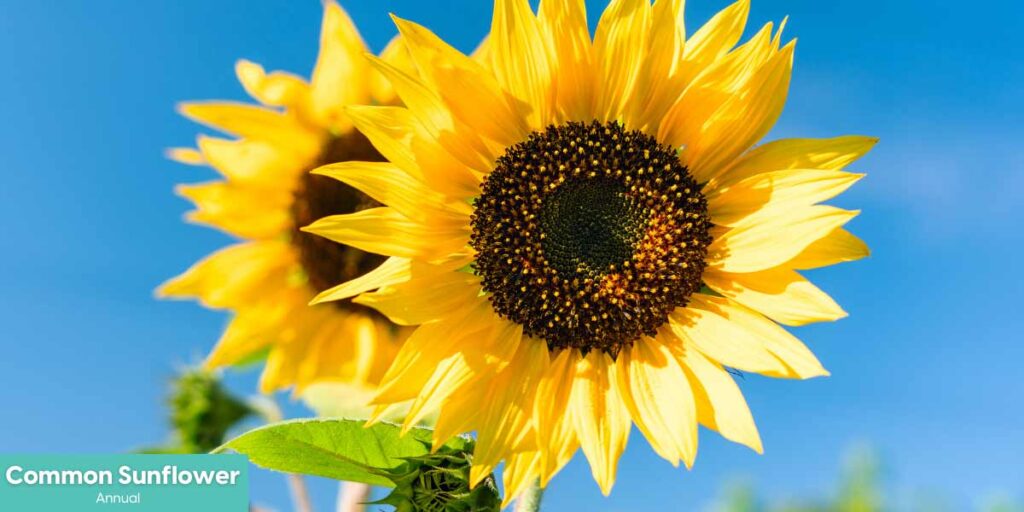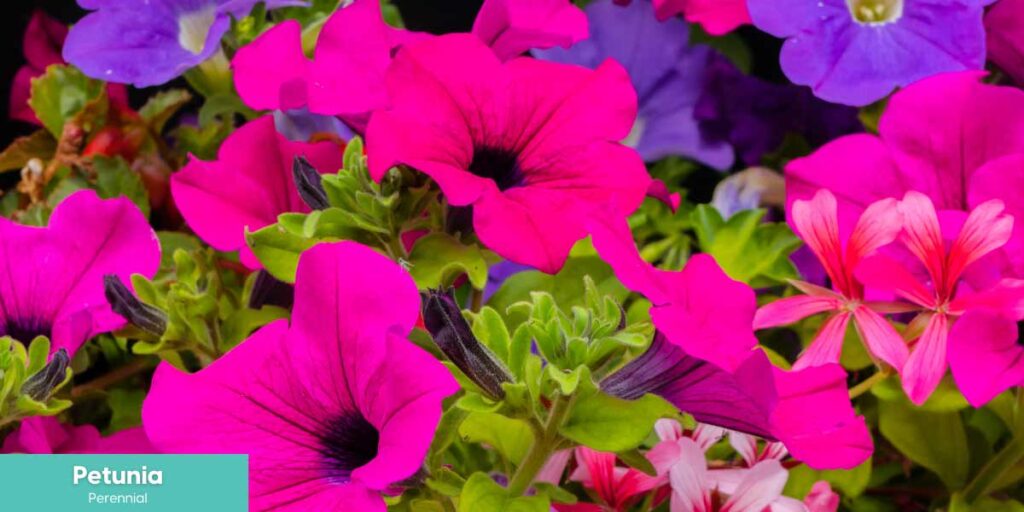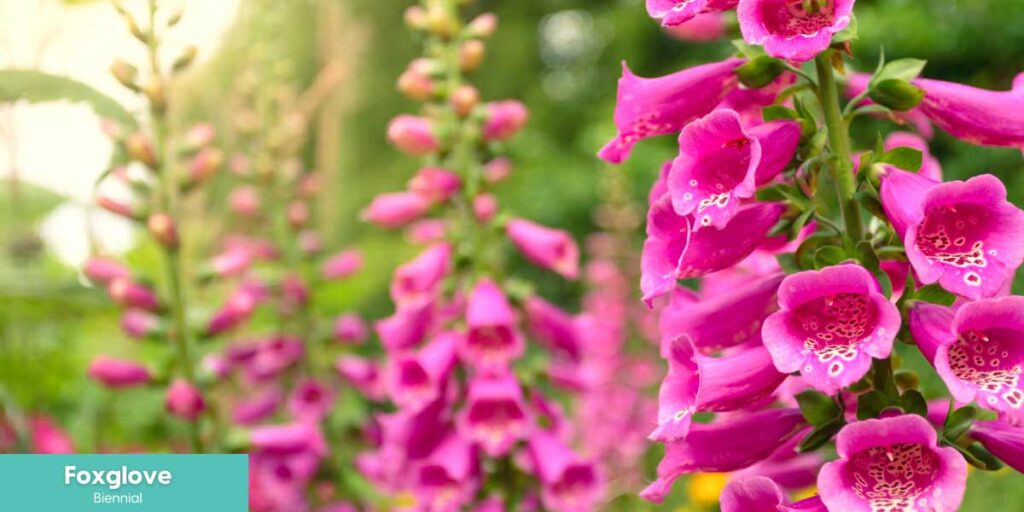

You’re picking out the perfect plant for your garden at your local nursery. You flip over a tag attached to a potted plant, and you see the word PERENNIAL. Huh? What’s a perennial? You flip over a tag on another plant, and this time it says ANNUAL. Okay, now you’re really confused… what’s the difference?
Put simply, the terms annual and perennial refer to the life cycle of a plant. Most plants start as a seed or bulb, soon sprouting roots and pushing out a stem and foliage. The foliage and roots grow, until it comes time for the plant to reproduce. Typically, the plant will produce flowers or fruit which generate seeds, and the process begins all over again. The time period in which this cycle occurs, and the lifespan of the plant, is what these fancy terms like perennial are referring to.

Perennial plants generally follow a similar life cycle, usually growing strongly in spring and summer, with their foliage often dying back in winter after reproduction. But unlike annuals, perennial plants will reappear (or continue growing) next spring. However, any plant that continues its cycle for more than three years can be considered a perennial. So, some perennial plants may die back completely after only a few years, but should last for at least three.
It’s also worth noting that certain climates can affect the life cycle of certain plants. For instance, if you purchase a perennial intended for warmer climates, but grow it in a colder climate, it may act as an annual. Petunias are a great example. Often petunias are mistaken for annuals when grown in Victoria and similar areas, due to their habit of dying off over winter.

Biennials are a little less common. In terms of life cycle, biennials sit somewhere between annuals and perennials. Generally, they live for more than one year, but for less than three. So, around the two-year mark is when you’ll see biennials begin to die back.
And there you have it, no more nursery confusion. Happy planting everyone!

Could your lawn or garden use a little TLC? Here at Local Expert, our gardeners are experienced and ready to get your backyard into shape. Click here to learn more and request a quote today.
Or are you a gardening business owner looking for more leads? Become a Local Expert and get started in as little as 24 hours. Apply now.
Our trusted Local Expert professional builders are standing by.
Click here to learn more or request a quote today!
Are you a business owner looking to build your service?
Apply now and become part of the Local Expert team today.